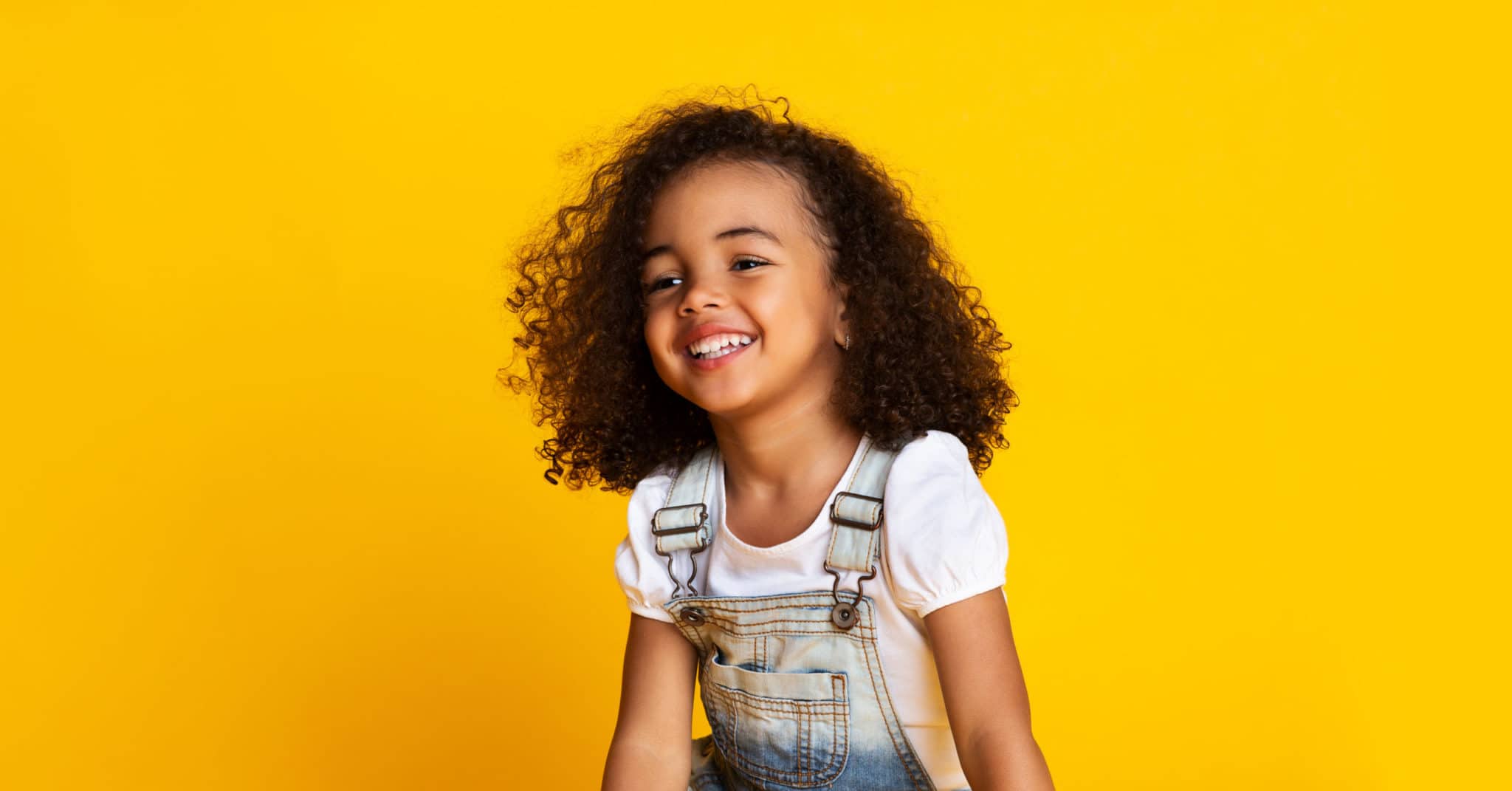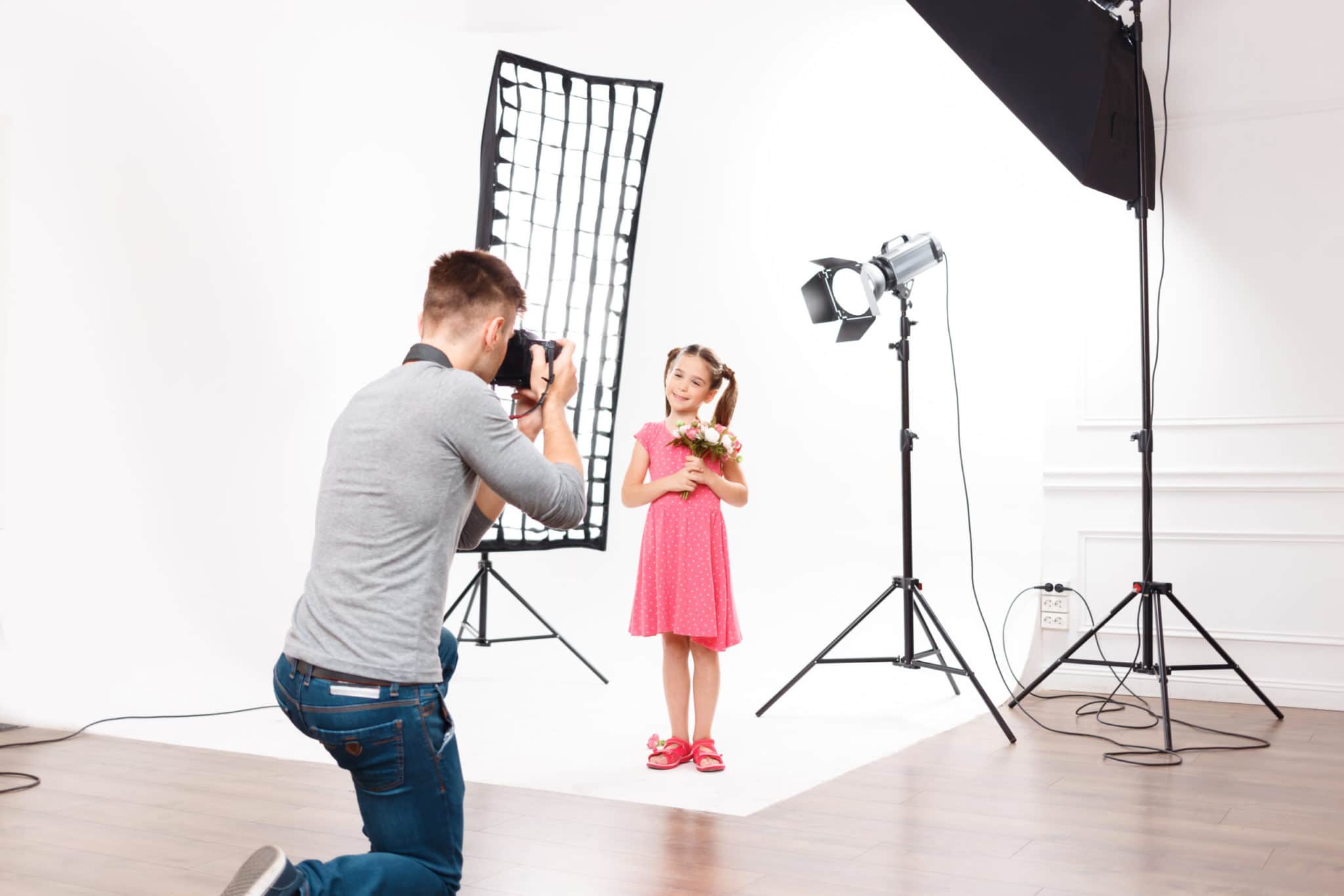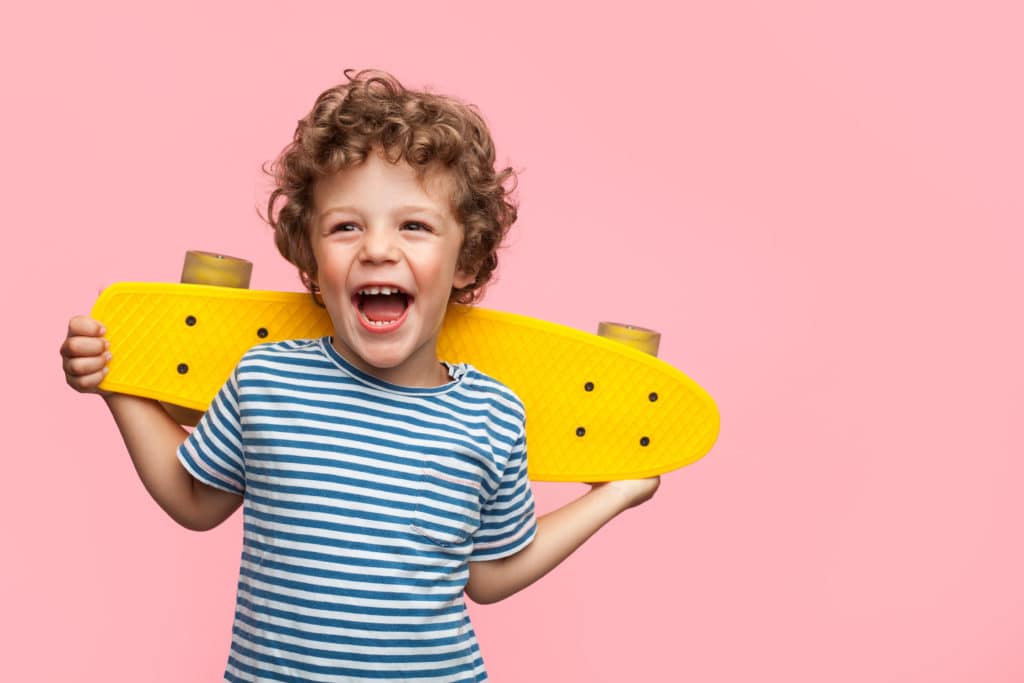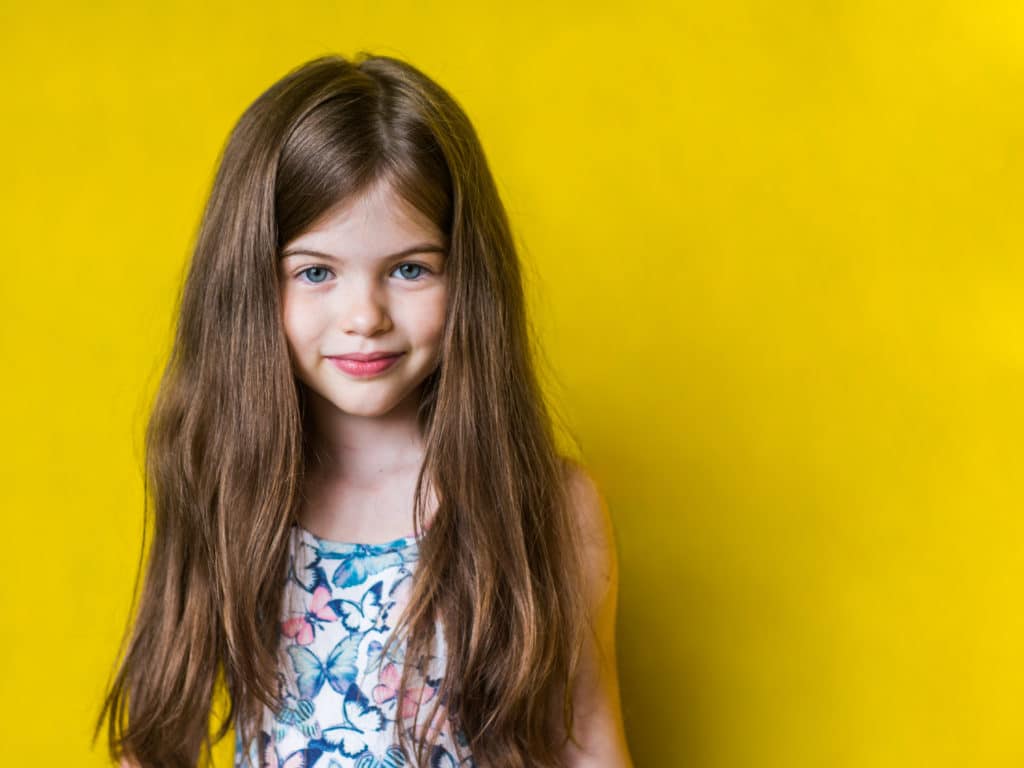Is Your Child 3-12 Years Old?
Children between the age range of 3-12 are perfect for child modelling. Kid modelling has always been popular, but the recent changes to the industry now means a more diverse range of looks are being accepted.
The main criteria that agents and brands look for is a child’s extrovert personality; working in front of a camera, regularly meeting new people and performing takes a certain type of character.
Find out if your child has what it takes.
Is Your Kids Personality Suited to Modelling?
Enthusiastic
Does your child love being in front of the camera? Are they happy to let you take pictures of them, or would they prefer to be doing something else? Forcing a child to do something they dislike will only result in bad tempers and rubbish photos. Only think of putting your child forward for child modelling if it’s something they genuinely enjoy.
A happy, fun character will be perfect for modelling and will come across well on-screen. Brands like to capture the playful innocence of kids. If your child freezes in front of the camera and hates being surrounded by people, it probably isn’t the career for them. The last thing a brand wants is to make a child feel uncomfortable or unhappy.
Maturity
Child models are expected to have a certain level of maturity and independence from their parents. Although their mum and dad will be in sight at all times, ultimately they are required to pose alone in front of the camera.
It’s therefore important that your child has an independent streak. A clingy child or one that does not communicate well with others will have issues with this aspect of modelling.
Confidence
A child needs to possess a large amount of confidence to cope in the modelling industry. Monitor how they act in the playground. Are they sociable, talkative and friendly to others around them? This will show what their confidence is like when meeting new people and in new situations.
The modelling industry will present new opportunities all the time and a child model needs to be able to cope with that. A professional photoshoot can be a fairly daunting prospect and no two are the same.
It’s also important to ask yourself whether your child shows interest in being the centre of attention. A huge part of modelling is having attention focused solely on the model, so it’s important that your child likes being in the limelight.
Patience
When at a photoshoot or fashion show, the day may be long and even dull at times with a lot of waiting around. Kids have to sit patiently while their hair is styled and their outfits are chosen. This requires a lot of patience and that can be very tricky for a child.
It can also be difficult for children to follow instructions, particularly if they are not yet of school age. Models must be able to follow directions given to them by photographers and shoot managers.
Photographers expect a certain amount of fidgeting from children (especially young ones), but they have a job to do and children who are able to remain calm are far easier to work with. Some parents like to bring along tablets or books to keep their children entertained during more boring moments.
If your child has a low concentration and a short patience span, modelling may test their character. Assess how they react in day-to-day life to see if they have the patience required for modelling.
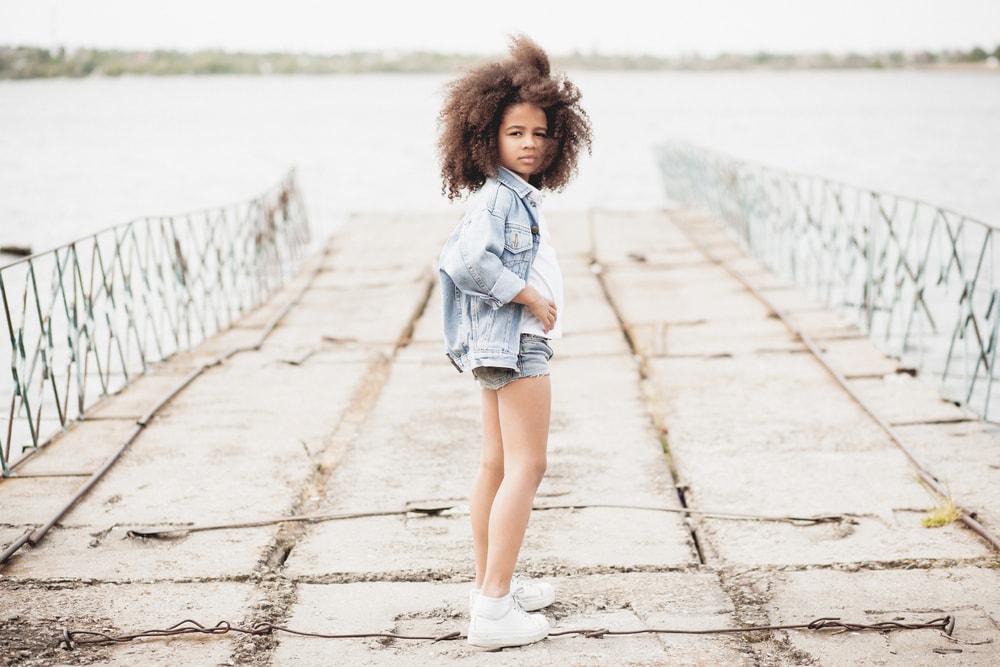
Finding a Trustworthy Child Model Agency
If your child possesses all these traits and you think they would be perfect for the industry, it’s time to find a suitable agency. As the parent, it is down to you to carry out the research and separate the good from the bad. Investigate online to gain an understanding of what each agency offers. Be wary if they ask for money upfront – a legitimate agency will never ask for payment – and ensure you read any contracts fully before signing them.
When you meet, you will gain a better understanding of the agency. Only proceed if you are 100% sure – if you have any niggling doubts, do some further research. You are the voice for your child and will be making all the decisions on their behalf, so make sure they are the right ones. Never rush or act in excitement as each decision should be considered and well thought out.
Child Modelling Casting Calls
Once your child is signed to an agency, you will receive calls about interviews – also known as casting calls – for your child to attend. Remember – being signed to an agency does not guarantee you work. It simply enables you to receive offers to attend interviews for brands the agency works with. The agency will send you an invite if your child suits the job on paper – it’s then down to the interview for the final decision.
Ask your agency a lot of questions to gain a good understanding of who the casting is for. Research the brand to further appreciate what sort of model they’re looking for.
Most child modelling jobs are for clothing brands when they release their newest products, but other jobs that require child models include holiday brands, homeware and toys.
At the casting, they will meet your child to get an idea of their personality. They will also consider whether your child has the look they are after for their shoot/show. They may take a picture to see how they photograph.
It will be over quite quickly; the wait to be seen is likely to be much longer, to take some snacks and games to keep you occupied.
Don’t be disheartened if your child doesn’t land their first job. Brands have a vision and it’s important not to take rejections personally. It’s even more important that your child understand this – a child who easily gets upset will not be built for the modelling industry, as rejections are part of the job.
River Island Leads the Way
Recently, River Island shot a campaign that championed diversity. These types of diversity campaigns usually feature adults, but River Island chose to feature kids between the ages of 3 and 10 to celebrate their uniqueness.
Their advertisement featured children who all have a disability to show that everyone and anyone can model. The chosen models have conditions such as Down’s Syndrome, cerebral palsy and eyesight issues.
The inspirational River Island campaign demonstrated that everyone can be a model despite the restrictions put on them previously by society and the fashion industry. They aimed to provide inspiration and hope to other children with disabilities so they too felt capable of achieving their dreams; rather than focusing on the things they couldn’t do, River Island felt it was time to start focusing on what they could do.
Celebrating its 30th anniversary, the high street brand has collaborated with the international anti-bullying charity, Ditch The Label, to show that ‘labels are for clothes, not kids.’
It is truly inspiring that brands are becoming more diverse and are able to provide opportunities for a wider range of children. Hopefully, this approach will continue to inspire young kids around the world.
